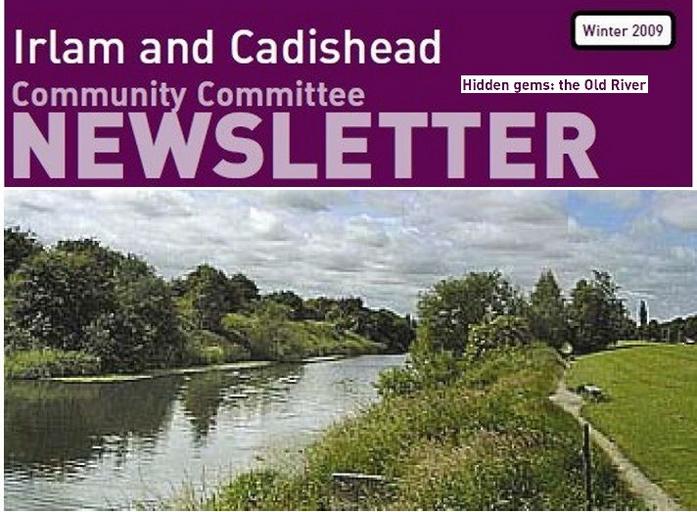MAKE A MEME
View Large Image

| View Original: | Hidden_Gems._The_Old_River._Irlam._2009_article..jpg (712x523) | |||
| Download: | Original | Medium | Small | Thumb |
| Courtesy of: | www.flickr.com | More Like This | ||
| Keywords: outdoor Tucked away in a corner of Irlam, close to the border where Cadishead Way now runs, there is a living piece of forgotten history known as the Old River, once part of the mighty river Irwell. Close inspection of a map of Irlam would show segments of this river, one close behind Makro, the other two bordering Prince’s Park and only separated from each other by an area of willow scrub. This wet woodland has special protection as a Site of Biological Importance, being a rare habitat in the Salford area. What we call ‘The Old River’ is in fact more of a lake, but it still retains this name. When the Manchester Ship Canal was built in the later 1800s, it took the path of the River Irwell, but some of the river’s natural bends were bypassed, in order to make the Ship Canal as straight as possible. Even before the Ship Canal captured the Irwell, the river had been straightened and deepened to accommodate boats, and the Mersey and Irwell Navigation carried much of the cargo from the port of Liverpool to Manchester. When the wind was favourable they would sail upstream, but when the wind was against them they had teams of men, known as ‘bankhauliers’ to tow the vessels upstream. Later on, after proper towpaths were built, horses were used instead. Mainly cotton was transported, but also timber, pig iron, lead, copper, sand and grain amongst other things. Eventually, competition from the Bridgewater Canal and the railways meant that the Mersey and Irwell Navigation became under used, and then the Ship Canal took over the course of the river. But what remains is a haven for wildlife and where local people can walk in the peace and quiet of a local rural hidden gem! Tucked away in a corner of Irlam, close to the border where Cadishead Way now runs, there is a living piece of forgotten history known as the Old River, once part of the mighty river Irwell. Close inspection of a map of Irlam would show segments of this river, one close behind Makro, the other two bordering Prince’s Park and only separated from each other by an area of willow scrub. This wet woodland has special protection as a Site of Biological Importance, being a rare habitat in the Salford area. What we call ‘The Old River’ is in fact more of a lake, but it still retains this name. When the Manchester Ship Canal was built in the later 1800s, it took the path of the River Irwell, but some of the river’s natural bends were bypassed, in order to make the Ship Canal as straight as possible. Even before the Ship Canal captured the Irwell, the river had been straightened and deepened to accommodate boats, and the Mersey and Irwell Navigation carried much of the cargo from the port of Liverpool to Manchester. When the wind was favourable they would sail upstream, but when the wind was against them they had teams of men, known as ‘bankhauliers’ to tow the vessels upstream. Later on, after proper towpaths were built, horses were used instead. Mainly cotton was transported, but also timber, pig iron, lead, copper, sand and grain amongst other things. Eventually, competition from the Bridgewater Canal and the railways meant that the Mersey and Irwell Navigation became under used, and then the Ship Canal took over the course of the river. But what remains is a haven for wildlife and where local people can walk in the peace and quiet of a local rural hidden gem! | ||||